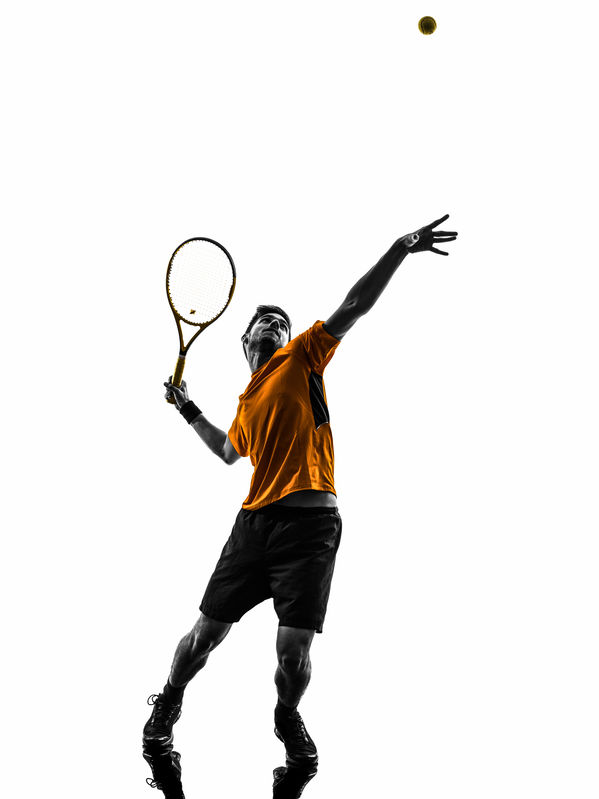This test is run by .
Note that your final mark will not be saved in the system.
Note that your final mark will not be saved in the system.
Classification of skills and Types of practice Typeit
Target Level
C
Running Total
0
0%
Attempt
1 of 3
Type the correct answers into the spaces. Fill all the spaces before clicking ‘Check Answers!’

Skills in sport are unique, not only in the different techniques performers use to execute them, but also in the very classifications of the skills themselves. There are numerous factors that influence the type of skill, such as its difficulty, pace, types of muscles involved and the organisation of the different elements of the skill. Because of this, skills are better presented by various continua, rather than a distinct classification of each.
| Skill continua | Parts of continua | Description |
| Difficulty | simple to | This classification refers to how hard it is to perform a particular skill. Skills that approach the simple end of the continuum are easily transferable across sports, such as linear running in athletics and in team sports. Skills closer to the other end of the continuum are more cognitively demanding, requiring high levels of concentration to execute successfully. |
| influence | open to closed | These skills are affected by factors. Open skills occur in an unpredictable environment, where performance often has to be improvised to adjust to factors out of the individual’s control, such as the movement of other teammates when deciding to pass a football. Closed skills are performed in an environment which is controlled by the individual, such as a high jumper who uses the same technique with every jump. |
| Pacing | self-paced to paced | This classification refers to how timing affects the performance of a skill. The high jump is a highly self-paced skill, where the performer can even choose whether they want to rally the crowd prior to their jump. Using the example of athletics, track events appear at the opposite end of the continuum, as they are controlled by the person sounding the starting pistol. |
| Muscular involvement | to fine | This classification concerns the level of precision that the movement requires. A more fine skill would use smaller muscle groups that focus on , whereas the other end of the continuum involves larger muscular groups where the onus is more on power. |
| Continuity | discrete to to continuous | Skills are classified on this continuum by how definitive each stage is, if at all, from to end. Discrete skills have a single stage, such as a pass in football which has an obvious start point where the player’s foot makes contact with the ball, and an obvious end where the foot is no longer in contact with the ball. The beginning and end of continuous skills are less clear, such as the transition between a sprint and a run. In the middle are skills that follow a specific sequence, such as the triple jump, which involves three discrete skills (the hop, skip and jump) combined into one. |
| low to high | This classification is determined by how easily the subroutines combine to form the overall skill. They are based on a low to high continuum, where the low-organisation subroutines are easy to divide into individual stages, such as the down and up phases of a press-up. If a skill is high on this continuum, it is more difficult to differentiate its subcomponents, such as the rapid transition between the first and second pulls of a power clean. |
- – high levels of hand–eye coordination between the ball, racket, opponent and court
- – little variation in the way it is performed
- paced – the server decides when they will play the ball, usually bouncing it a few times first to get a feel for it
- – large muscle movements are involved in multiple planes
- – obvious start point of throwing the ball into the air, and obvious end when the ball leaves the racket
- organisation – a rapid movement where each stage is difficult to differentiate